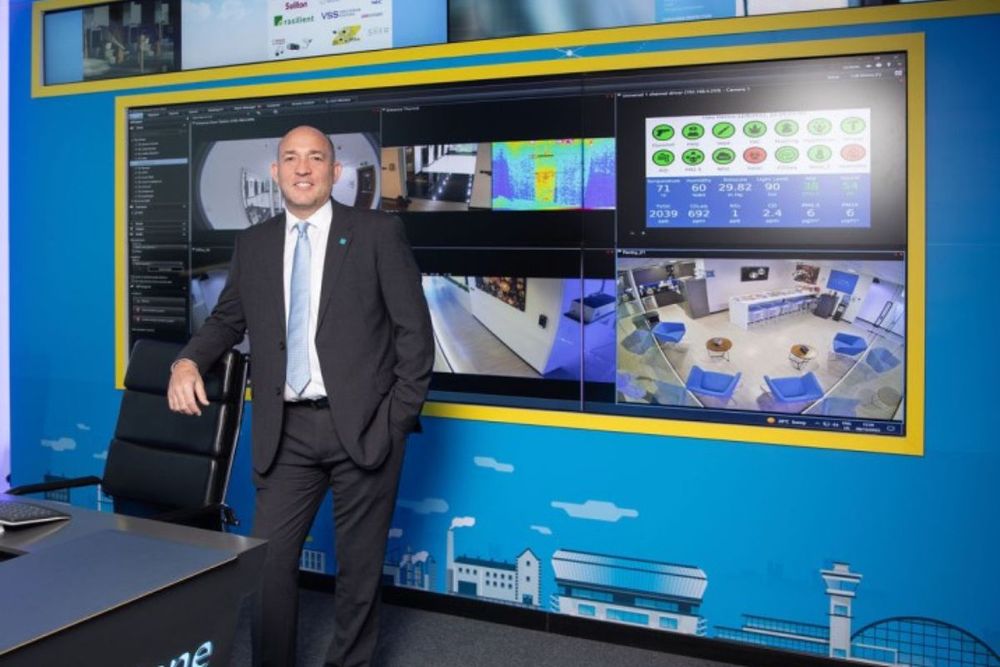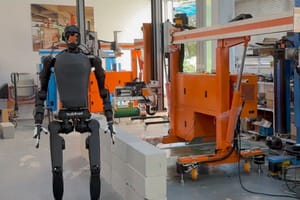As the international market consistently seeks new and innovative tech-driven solutions to emerging data challenges in their region, the annual International Exhibition for Security, Emergency services, Safety, Policing, and Cybersecurity, Intersec 2023, will be hosting companies from all across the globe to present their solutions.
Milestone Systems, the leading open-platform video management software solution provider in the Middle East, will be among the top exhibitors at this year’s exhibition. As part of its showcase, Milestone Systems will highlight its latest innovations in leveraging data-driven video technology solutions, explaining how this benefits end-consumers in the security sector and beyond.
As the regional security industry rapidly changes, Milestone Systems remains at the forefront of aiding businesses and society in creating a safer, more efficient environment using the latest technology. At Intersec 2023, Milestone systems and its partners will demonstrate research-backed smart solutions to meet the region's evolving needs. As the industry continues to experience growth, Milestone Systems has also revealed two key trends that will shape the Data-Driven Video Technology space:
Trend 1: Smart Workplaces & Cities
With the latest announcements in UAE and Saudi Arabia about the plans to continue to invest heavily in smart city projects, such as Masdar City, Expo City Dubai and NEOM, it is clear that smart city technologies, such as artificial intelligence, machine learning and predictive analysis, will continue to rise in the new year.
Technological innovations have extended the possibilities of what videos can do or how people and authoritative bodies, such as the government, can use them.
“With the UAE aiming to become more technologically efficient, introducing data-driven concepts to the region with the developments of Smart Cities, Smart Workplaces, adopting Sustainability goals and more, data-driven video technology will become more prominent,”
said Paul Park, Regional Director at Milestone Systems.
To reduce pollution, congestion, and accidents, futuristic smart cities will leverage intelligent cameras for traffic management. Moreover, edge computing will promote various augmented and virtual reality (AR and VR) applications, allowing holographic teaching and AR shopping for end-users. These innovations can significantly enhance the sustainability and efficiency of metropolitan cities and how people function every day.
Communities can use data-driven video technology to monitor various factors crucial to creating a thriving smart city or building. Data-driven video analytics for smart cities can help identify even the most basic information, such as monthly or yearly carbon emissions, with precise data that can help decision-makers identify which months produce the most carbon, why there is an increase or decrease in the emissions, how the emissions can be controlled or reduced, and what the city can do better.
Within organisational workplaces, companies will use data-driven video technology and smart sensors to facilitate remote and in-person work and help employers better understand employee activities. When employees feel most engaged, what activities make employees feel more involved, which area of the office boosts productivity and so on. This information can help business decision-makers better understand what they need to do to improve their bottom line.
Trend 2: Digitising the Healthcare sector
Data-driven video technology will play an extremely significant role in transforming the healthcare sector. Data-driven video technology can identify precisely when a patient requires urgent attention. In terms of building better hospital environments and providing efficient patient care regimes, data-driven video technology can also alert the medical staff when a patient is in distress, providing immediate medical assistance.
This technology will not only reshape the landscape of the healthcare industry but also potentially save thousands of lives.
Although data-driven video technology has numerous advantages, the sector must legislate patients’ data and privacy precautions and stand by them when deploying video technology. Healthcare facilities will need to formulate stringent rules and regulations on how data-driven video technology can and cannot be used, adhering to the necessities and privacy concerns.
The future will witness limitless possibilities as technological advancements continue to evolve.









